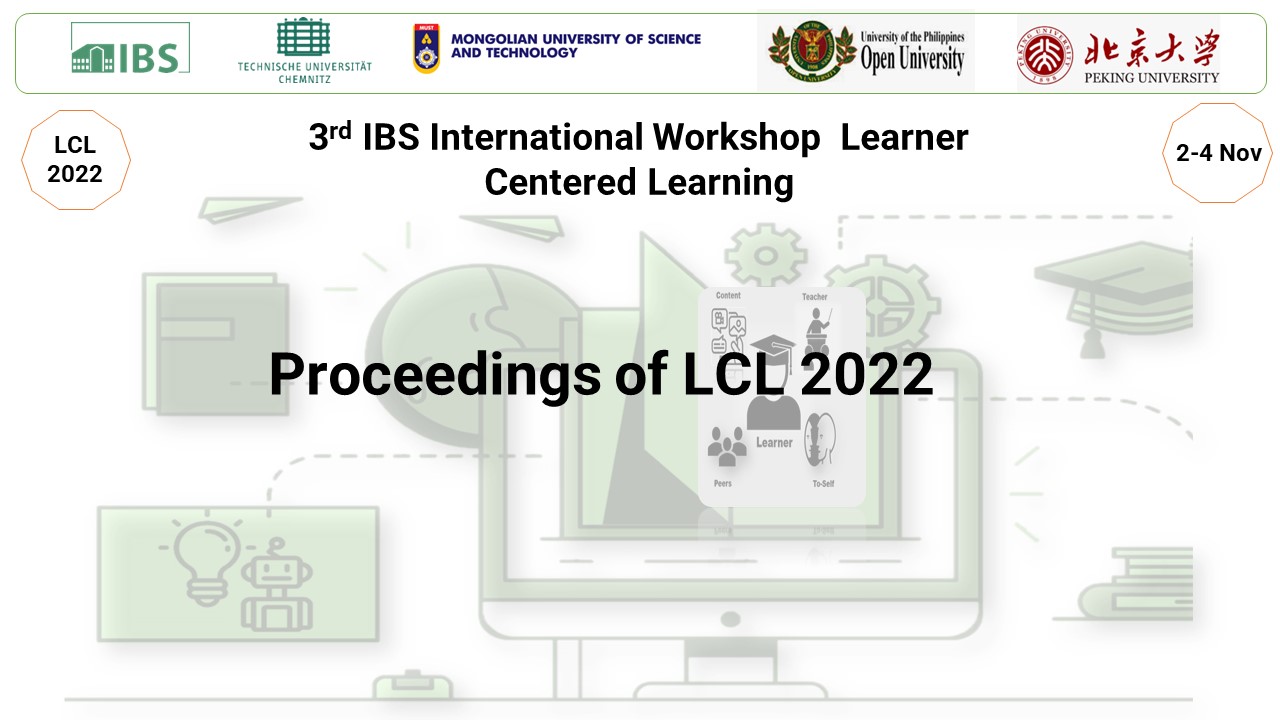‘Learners’ Trove’: A Learner Centric Initiative Using DSpace
DOI:
https://doi.org/10.14464/ess.v9i4.581Abstract
At a time when the learner is occupying the center stage in the whole process of knowledge dissemination and assimilation, it is time for the centers of learning, particularly the Higher Education Institutions (HEIs) to provide learning resources in multiple formats that are fully mapped to their course curricula. ‘Learners’ Trove’ is one such innovation that takes advantage of the power of Information and Communication Technologies to provide digital platform of learning resources to the students and teachers. Objective: The paper discusses the challenges faced by the students of a semi-urban college in conventional methods in accessing suitable content for their studies and how the introduction of ‘Learners’ Trove’ – a digital platform of learning resources enabled better access to learning resources in multiple formats. Technology or Method: DSpace, a popular open access repository software is used as a platform to host various formats of learning resources. Results: Multimedia learning resources such as ebooks, e journal articles, videos, audios, presentations, scanned copies of the notes distributed by the teachers in the classrooms, simulations, previous years’ question papers, etc., are mapped to the syllabi of respective programs and hosted on a searchable platform, resulting in greater student satisfaction and better performance of the students. Conclusions: There is a palpable sense of optimism among students and teachers about this digital platform and more and more users are actively making use of this platform for their academics. Clinical Impact: Owing to the ready acceptance of Learners’ Trove by the college students, many colleges run by the Society and other colleges in vicinity are now considering designing and developing a similar platform for their faculty and students.

Downloads
Published
Issue
Section
License
Copyright (c) 2022 Dr. Vijay Srinath Kanchi

This work is licensed under a Creative Commons Attribution 4.0 International License.
Copyright for articles published in this journal is retained by the authors. The content is published under a Creative Commons Licence Attribution 4.0 International (CC BY 4.0). This permits use, distribution, and reproduction in any medium, provided the original work is properly cited, and is otherwise in compliance with the licence.


